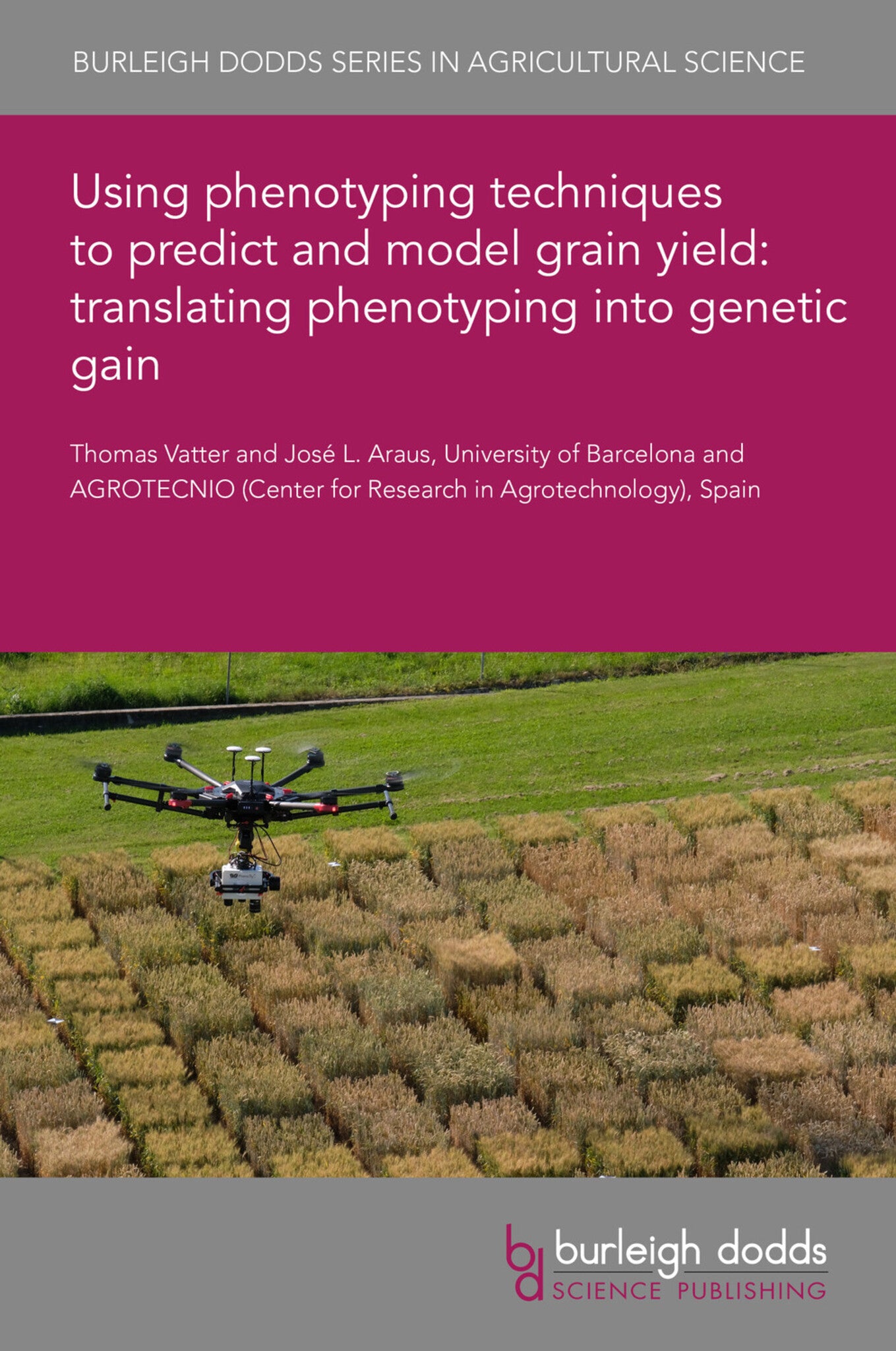We're sorry. An error has occurred
Please cancel or retry.
Using phenotyping techniques to predict and model grain yield: translating phenotyping into genetic gain
Regular price
£25.00
Sale price
£25.00
Regular price
£25.00
Unit price
/
per
Sale
Sold out
Re-stocking soon
Recent models predict population to peak in 2064 at around 9.7 billion, and then will likely decline to about 8.8 billion by 2100. This requires to increase crop production significantly. Precise p...
Read More

Some error occured while loading the Quick View. Please close the Quick View and try reloading the page.
Couldn't load pickup availability
- Format:
-
27 June 2022

Recent models predict population to peak in 2064 at around 9.7 billion, and then will likely decline to about 8.8 billion by 2100. This requires to increase crop production significantly. Precise phenotyping of the large breeding populations under diverse environments is required to harness the full potential of modern breeding techniques, and has become the new bottleneck in breeding programs. Development and application of advanced cost and time efficient phenotyping techniques on a large scale will have a major impact on achievable genetic gain in general and grain yield in specific. Traditional phenotyping techniques applied are generally time consuming and labor intense. This puts an upper limit on the size of the screening population. As such, the role of high-throughput phenotyping (HTP) techniques that allow fast and accurate phenotyping of large breeding populations in the field cannot be understated in its role for achieving higher grain yields.

Price: £25.00
Publisher: Burleigh Dodds Science Publishing
Imprint: Burleigh Dodds Science Publishing
Series: Burleigh Dodds Series in Agricultural Science
Publication Date:
27 June 2022
ISBN: 9781801465335
Format: eBook
BISACs:
TECHNOLOGY & ENGINEERING / Agriculture / Agronomy / Crop Science, Agronomy and crop production, TECHNOLOGY & ENGINEERING / Agriculture / Sustainable Agriculture, TECHNOLOGY & ENGINEERING / Agriculture / Agronomy / General, Sustainable agriculture, Plant biology

- 1 Introduction
- 2 Boosting genetic gain in grain yield by focusing on phenomics
- 3 Stomatal conductance
- 4 Functional stay green
- 5 Case study
- 6 Conclusion and future trends
- 7 Where to look for further information
- 8 References



